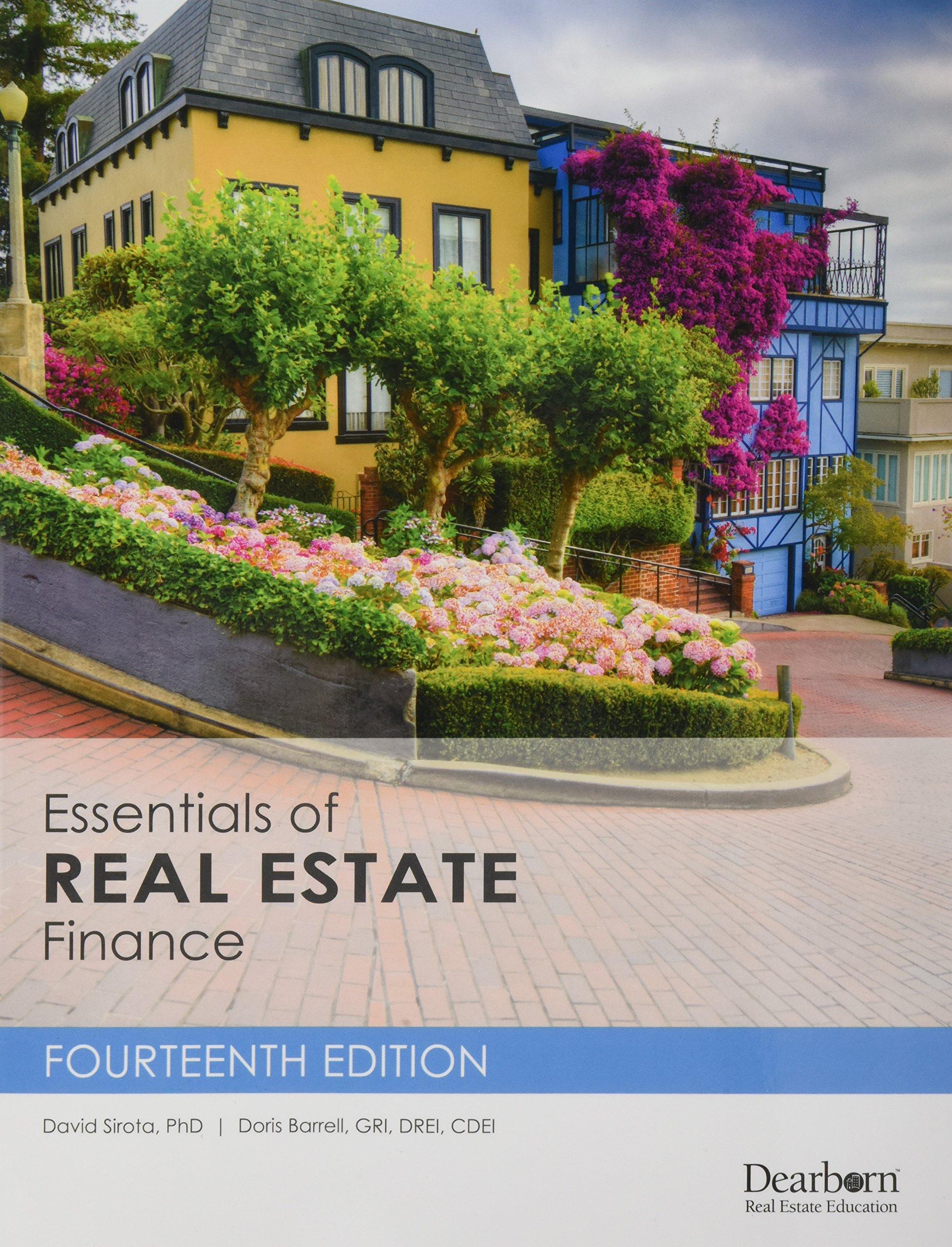Answered step by step
Verified Expert Solution
Question
1 Approved Answer
It is November 2 0 2 0 . Kasim Nasser, an entrepreneur in the Silicon Valley, has just founded Palo Alto Micro - Brewing Co
It is November Kasim Nasser, an entrepreneur in the Silicon Valley, has just founded Palo Alto
MicroBrewing CoPAMBCo a very fancy highquality microbrewery in the Bay Area, California.
He is the sole owner and CEO of the company. PAMBCo is considering acquiring at the end of
a $ million Brauhaus A a large microbrewery system.
This investment has an economic life of eight years. In the US it falls into the year property class
for depreciation purposes under the modified accelerated cost recovery system MACRS As a
result, the schedule permits depreciation of in the first year, in the second year,
in the third year, in the fourth year, in the fifth year, in the sixth year,
in the seventh year, and in the eighth year.
PAMBCo plans to keep the new microbrewery system for five years, until the end of At this
point, Kasim believes he will be able to sell the system to another beer enthusiast for $ million. He
plans to close down shop in
A premarket estimate shows that in PAMBCo will be able to sell bottles of beer at a
price of $bottle In the demand for the companys product is expected to increase by
bottles annually. The cost of production is expected to remain constant at $bottle All sales
are attributable to PAMBCos new microbrewery system.
PAMBCos combined marketing and overhead cost in is expected to be $ In
this cost is expected to be $ In there will be no marketing and overhead cost.
PAMBCos product will not go on sale until but in the plan is to produce bottles
prior to the initial launch. In the plan is to keep endofyear inventories equal to
of the next years anticipated demand. In the plan is to simply sell the remaining
inventory, thus only satisfying of the annual demand.
To value investment in Brauhaus A Kasim must make several assumptions. First, he assumes
that all numbers are yearend figures. Second, he assumes that payments are made at yearend and to make discounting easier he values the project on December Third, even
though the equipment is put into use in to produce the initial inventory, Kasim assumes that
first depreciation expense is only taken in This is because there is too little of left to
risk conflict with the US Internal Revenue Service. Fourth, he assumes that the project will entail
no accounts receivable and accounts payable. Finally, he assumes that PAMBCo can use the tax carry
This minicase is written by Professor Alexander S Gorbenko for use in classroom discussion.
forward provision in the US tax code to decrease its tax in offsetting the firms loss in
As an aside, there is no tax carry back allowed in the US since
PAMBCos additional basecase assumptions: the corporate tax rate is ; the riskfree rate is ;publicly traded companies with risk similar to PAMBCo have a required return.
aDo you agree or disagree with Kasims assumptions about the discount rate?
Explain your answer.
Step by Step Solution
There are 3 Steps involved in it
Step: 1

Get Instant Access to Expert-Tailored Solutions
See step-by-step solutions with expert insights and AI powered tools for academic success
Step: 2

Step: 3

Ace Your Homework with AI
Get the answers you need in no time with our AI-driven, step-by-step assistance
Get Started


